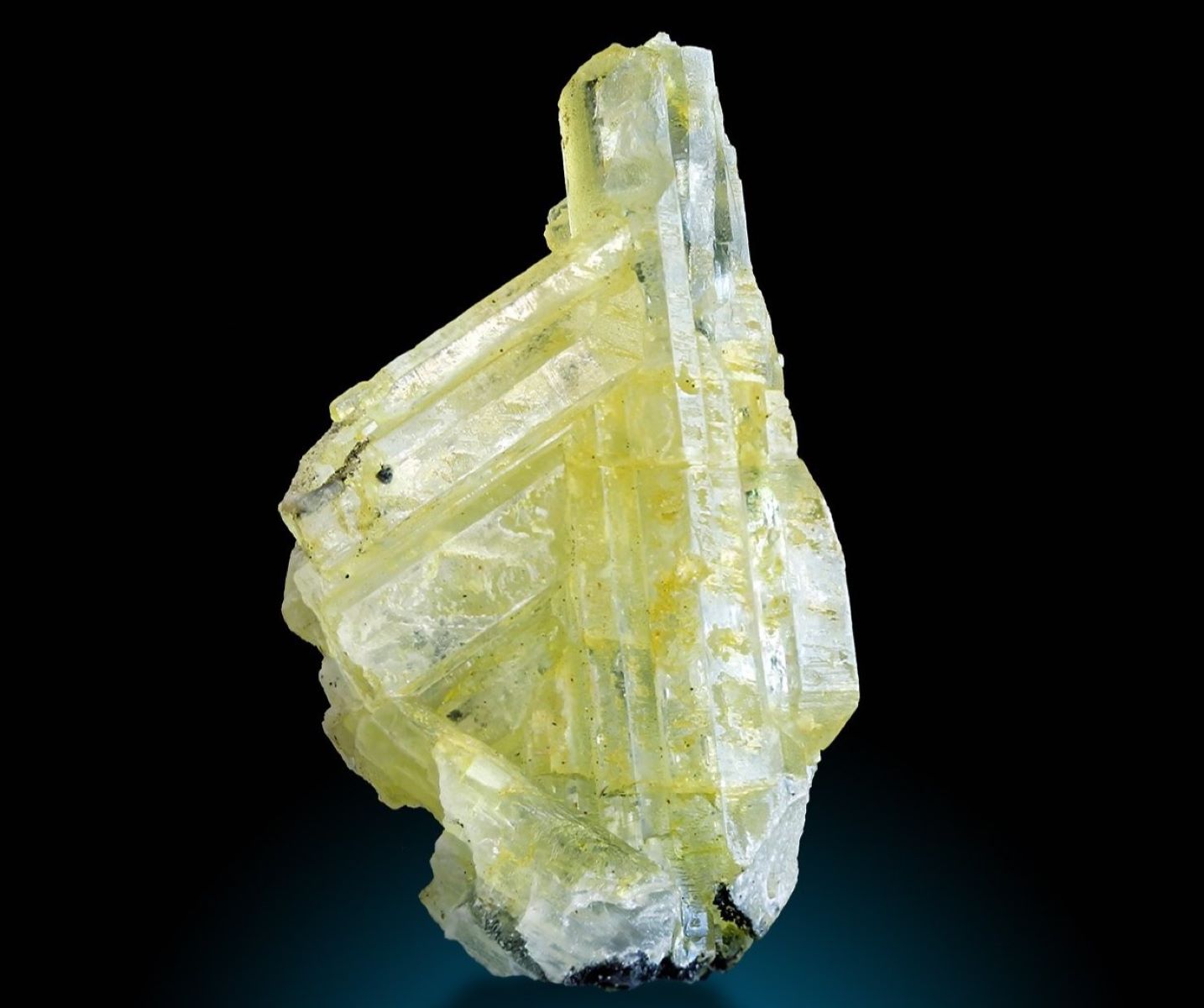
What is the Bounty Trough? The Bounty Trough is a fascinating underwater feature located in the South Pacific Ocean. Stretching over 1,000 kilometers, it lies between New Zealand and the Chatham Rise. This deep-sea trench is a geological marvel, formed millions of years ago by tectonic activity. Its depths reach up to 4,000 meters, making it a hotspot for marine research. Scientists study the Bounty Trough to understand Earth's geological history and the unique ecosystems thriving in such extreme conditions. From bizarre sea creatures to ancient rock formations, the Bounty Trough offers a glimpse into a world few have seen.
Key Takeaways:
- The Bounty Trough is a fascinating underwater valley off the coast of New Zealand, holding secrets about Earth's history, marine life, and tectonic processes.
- It's a hotspot for studying the breakup of continents, past climate conditions, and unique marine ecosystems, attracting ongoing research and conservation efforts.
What is Bounty Trough?
The Bounty Trough is a fascinating geological feature located in the southwest Pacific Ocean. It’s a submerged valley that holds many secrets about Earth's history and the processes shaping our planet. Here are some intriguing facts about this underwater marvel.
-
The Bounty Trough is situated off the east coast of New Zealand, extending into the Pacific Ocean.
-
It is named after the Bounty Islands, a small group of islands nearby.
-
This trough is part of the larger New Zealand Plateau, which includes other significant features like the Campbell Plateau and Chatham Rise.
-
The Bounty Trough is a rift valley, formed by the stretching and thinning of the Earth's crust.
-
It stretches approximately 800 kilometers in length.
-
The width of the Bounty Trough varies but can reach up to 200 kilometers at its widest points.
-
The depth of the trough can go down to about 3,000 meters below sea level.
-
The Bounty Trough was formed during the Cretaceous period, around 100 million years ago.
-
It is filled with sedimentary deposits, which provide valuable information about past climatic and oceanographic conditions.
-
The sediments in the Bounty Trough are primarily composed of mud, silt, and sand.
Geological Significance of Bounty Trough
Understanding the geological importance of the Bounty Trough helps scientists piece together the history of Earth's tectonic movements and climate changes.
-
The Bounty Trough is a key area for studying the breakup of the supercontinent Gondwana.
-
It provides evidence of the tectonic processes that led to the separation of New Zealand from Antarctica and Australia.
-
The trough's sediments contain microfossils, which help in reconstructing past ocean temperatures and salinity levels.
-
These microfossils also offer insights into the evolution of marine life over millions of years.
-
The Bounty Trough is an excellent site for studying submarine landslides and their triggers.
-
It has been a focus of numerous geological surveys and research expeditions.
-
The trough's structure and composition are mapped using seismic reflection and refraction techniques.
-
These studies have revealed complex fault systems within the trough.
-
The Bounty Trough is also a site of interest for potential hydrocarbon resources.
-
Its geological features are compared with other rift valleys around the world to understand global tectonic processes.
Marine Life in Bounty Trough
The Bounty Trough is not just a geological wonder; it also supports a diverse range of marine life, making it an important ecological zone.
-
The trough's deep waters are home to unique species of fish and invertebrates.
-
Cold-water corals can be found in some parts of the Bounty Trough.
-
The area is a habitat for deep-sea sponges, which play a crucial role in the marine ecosystem.
-
Bioluminescent organisms are common in the depths of the Bounty Trough.
-
The trough's sediments provide a habitat for burrowing creatures like polychaete worms and crustaceans.
-
It is a feeding ground for larger marine animals, including whales and sharks.
-
The Bounty Trough's biodiversity is still being explored, with new species discovered during research expeditions.
-
The unique environmental conditions of the trough support specialized adaptations in marine organisms.
-
The area is monitored for changes in marine life due to climate change and human activities.
-
Conservation efforts are in place to protect the unique ecosystems of the Bounty Trough.
Human Exploration and Research
Human curiosity has driven extensive exploration and research of the Bounty Trough, revealing its many secrets and contributing to our understanding of the natural world.
-
The first detailed mapping of the Bounty Trough was conducted in the mid-20th century.
-
Modern technology, such as remotely operated vehicles (ROVs), is used to explore the trough's depths.
-
International collaborations have been essential in studying the Bounty Trough.
-
Research findings from the Bounty Trough are published in scientific journals, contributing to global knowledge.
-
The Bounty Trough continues to be a focal point for marine geologists and biologists, with ongoing studies aimed at uncovering more about this underwater valley.
Final Thoughts on Bounty Trough
Bounty Trough, a fascinating geological feature, holds many intriguing facts. From its unique formation to its role in oceanic processes, it offers a wealth of knowledge. This underwater marvel, located in the South Pacific Ocean, stretches over 1,500 kilometers and reaches depths of up to 5,000 meters. Its formation, influenced by tectonic activity, showcases the dynamic nature of our planet's crust. The trough's ecosystem, teeming with diverse marine life, highlights the importance of preserving such natural wonders. Understanding Bounty Trough not only enriches our knowledge of Earth's geological history but also emphasizes the need for continued exploration and conservation efforts. As we delve deeper into the mysteries of our oceans, features like Bounty Trough remind us of the vast, uncharted territories that await discovery.
Frequently Asked Questions
Was this page helpful?
Our commitment to delivering trustworthy and engaging content is at the heart of what we do. Each fact on our site is contributed by real users like you, bringing a wealth of diverse insights and information. To ensure the highest standards of accuracy and reliability, our dedicated editors meticulously review each submission. This process guarantees that the facts we share are not only fascinating but also credible. Trust in our commitment to quality and authenticity as you explore and learn with us.


